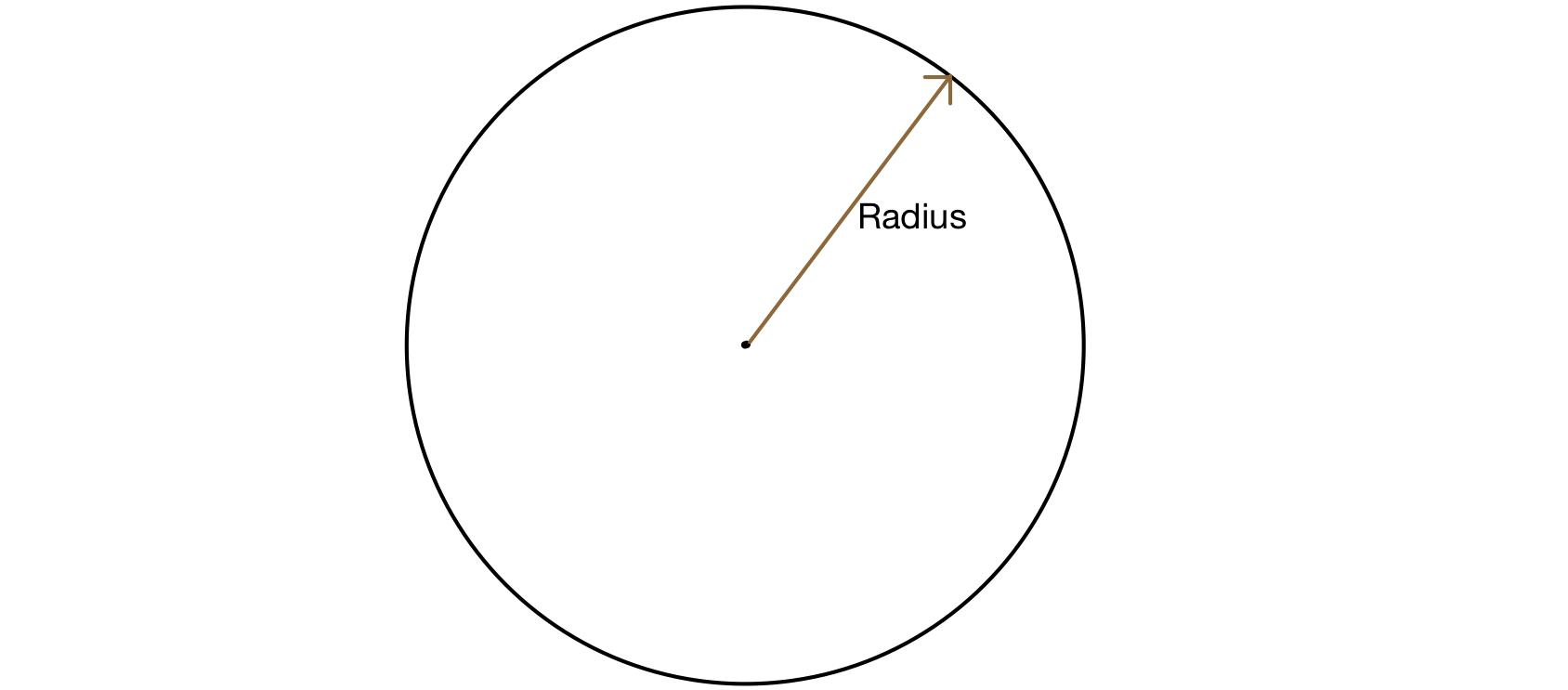Question
Question: If the radius of the circle is increased by 50% then by how much the area of the circle is increased...
If the radius of the circle is increased by 50% then by how much the area of the circle is increased?
A. 125%
B. 100%
C. 25%
D. 75%
Solution
Hint: In this question it is given that the radius of the circle is increased by 50% then we have to find that by how much the area of the circle is increased w.r.t the previous area. So to find the solution we need to find the initial area and area of the area of the increased circle, and after that we have to calculate the increased percentage.
So for this we need to know the formula of area of a circle,
Area = πr2, where r be the radius.

Complete step-by-step answer:
Let the initial radius of a circle is r.
Therefore, the area(A1)=πr2......(1)
Now the radius is increased by 50%,
Therefore the new radius r2= r + 50% of r =r+10050r=r+2r=23r
Therefore, the new area of the circle,
A2=πr22
=π(23r)2
=π49r2
=49πr2
Now the as we know that,
Increase percentage=Original valueIncrease value×100%
Therefore, increase area = A1(A2−A1)×100%
=πr2(49πr2−πr2)×100%
=πr2(49−1)πr2×100%
=(49−1)×100%
=(45)×100%
=125%
Hence, the correct option is option A.
Note: To solve this type of question you need to know that if you have given that the radius increased by x% , then the increased radius is (100x×radius) and the new radius will be (initial radius+increased radius).
